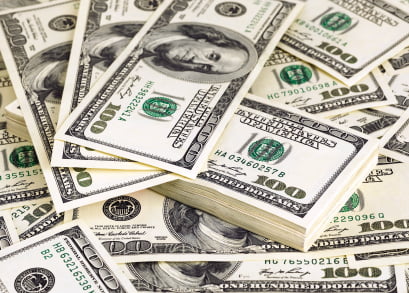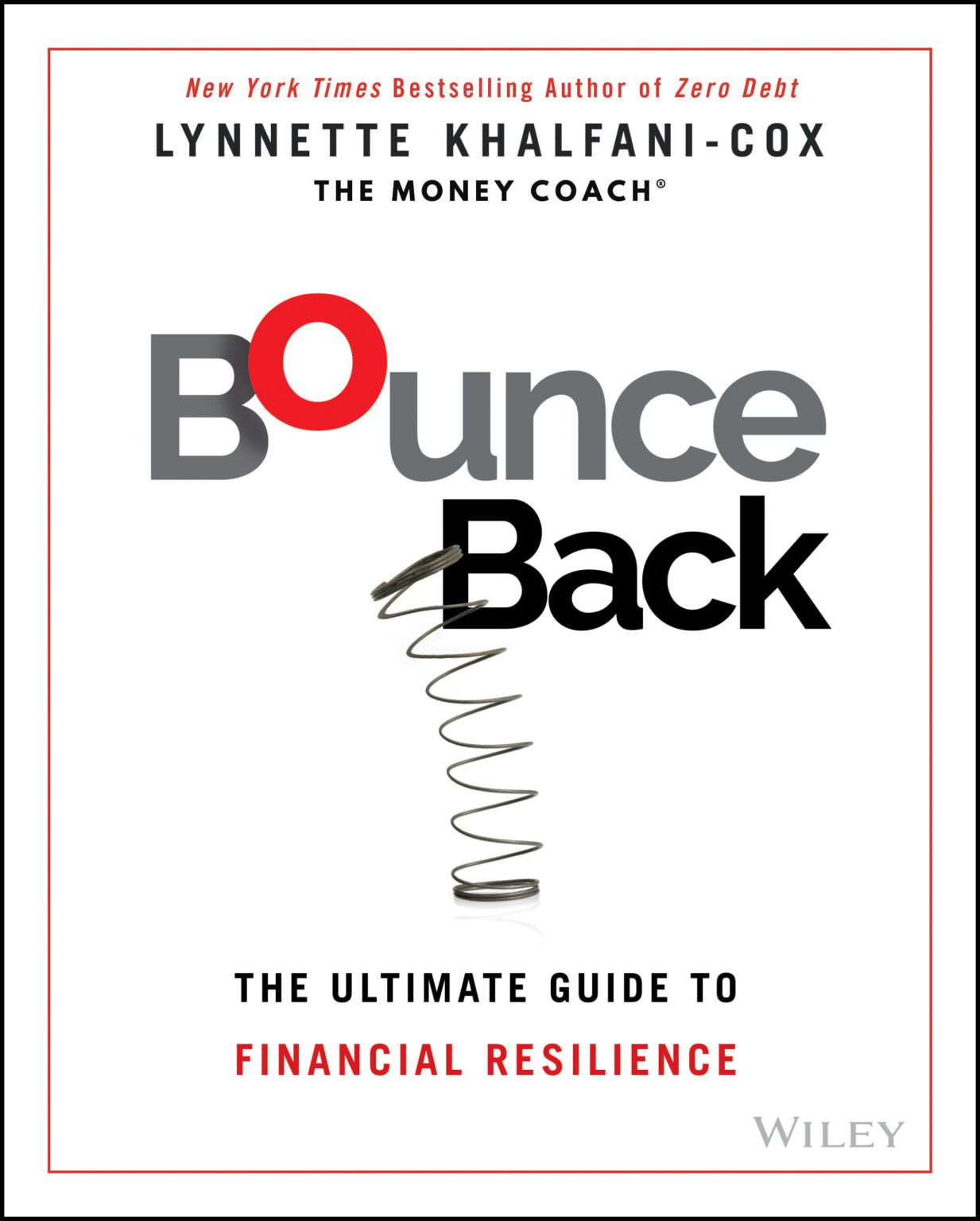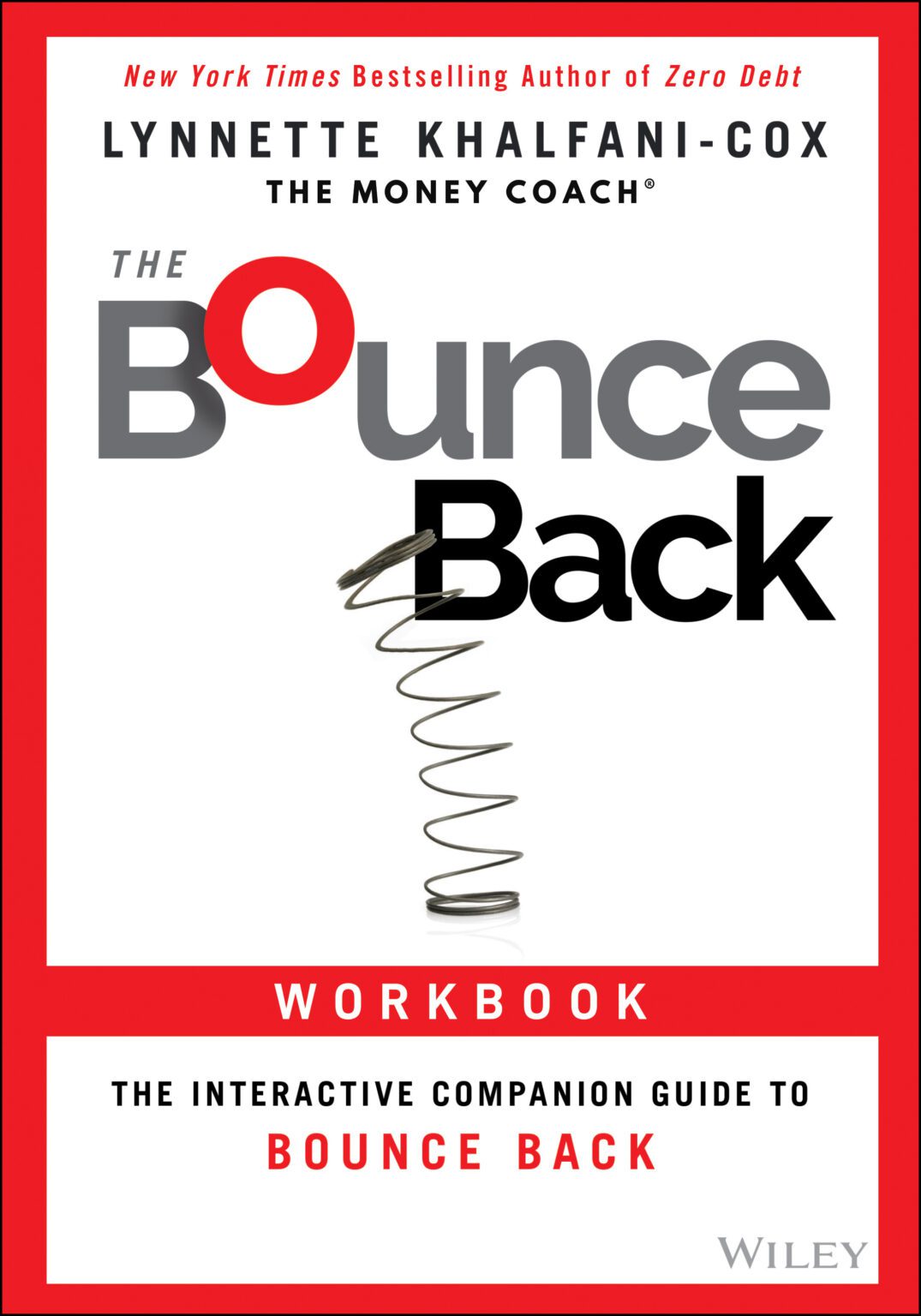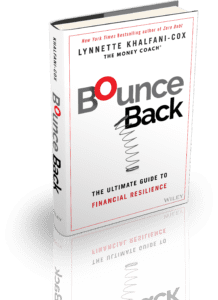If you spent most of last year barely reaching your financial goals and struggling with your budget, pay attention to your spending and saving habits.
You need to start socking away some of your monthly income into a “no touch” savings account, no matter what your income level may be. But that’s easier said than done for most.
Still, you can successfully save big bucks in a number of ways. For example, you can trim your household budget, grocery bill, entertainment expenses, and several other costs to build a sizeable savings account.
Here are five easy money saving strategies to help you save thousands of dollars this year:
1. Search online for rebates, coupons, and discount codes.
More and more retailers are offering Web-only specials, Facebook deals, and other exclusive offers to customers who subscribe to a newsletter or tune in to the store’s social networking activities. So before doing business with any retailer – whether it’s your first time or you regularly shop there – be sure to go to their website to search for any online coupon codes or social media deals that may be available.
You should also do a quick general Google search with the name of the retailer and a term like “coupon code” to discover potential discounts. Also, don’t forget to scope out rebates and printable coupons, especially for some higher-priced items.
2. Add a fixed savings column to the budget.
One of the easiest ways to get into the habit of saving money is to set up a savings “expense” in your budget. So just like you have an expense category in your budget for items like food, mortgage/rent or utilities, you should also create an “expense” for your personal savings. This way, you’ll pay yourself and make savings a priority.
If you have a fixed income, decide how much you can realistically set aside, no questions asked. Once you establish a fixed dollar amount that you will save monthly, you can decide what you want to do with this savings account later. If your income fluctuates from month to month, simply decide on a percentage of your monthly income that will go into this account. Be consistent with paying yourself through this account and watch your savings grow.
3. Go generic more often.
Many generic products at the grocery store are about the same quality as brand name items – and significantly cheaper. When you’re buying basic items and staples like flour, sugar, rice, and other essentials, stick with generic brands and you’ll end up saving a good amount of money on groceries alone.
Consider lower-priced brands on new clothes as well. You’ll be surprised how many quality, designer-inspired clothes and accessories you can pick up at big box retailers like Target and Walmart.
4. Keep a close eye on subscriptions and monthly payments.
From gym memberships and magazine subscriptions, to DVD rental services and discount programs, those monthly fees can eat up your budget – even if they’re coming out of your disposable income account. Think of ways to cut out some of these “extras” so you can start putting the money saved directly into a savings account. Read: How to Save Money on a Tight Budget
5. Review package pricing on communications services.
How much of your monthly expenses are going towards packaged or bundled services like cable, satellite television, Internet, and phones? Review the package pricing to see if there’s a way to save money when you buy a la carte.
You might not need all of the bundled services from various providers and you could even be better off buying a set of services from the same vendor. Do some research to seek out the best rates and pricing options so you are getting the most value for your money.
Follow these five strategies, and you’ll save thousands of dollars.








